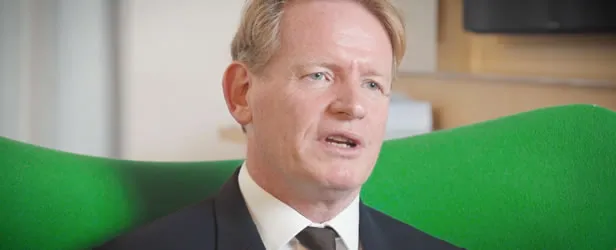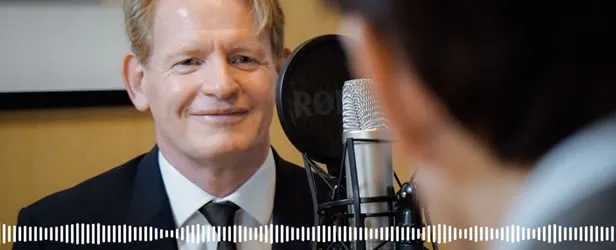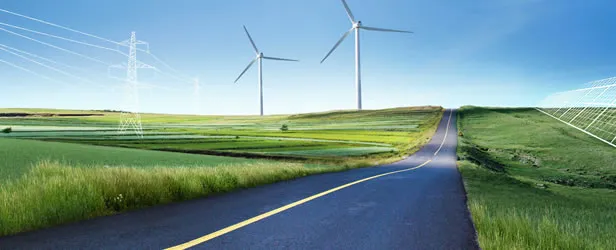The future of green investment
Technological innovation has resulted in the cost of renewable energies such as wind and solar continuing to fall, with wide-scale deployment seen over the last two decades. Jon Moore, CEO of BloombergNEF, explores the future of investment behaviour, including the impact of consumer uptake rates, and why transparency is critical to moving the industry forward.
With DNV’s Energy Transition Outlook 2019 report calling for $1.5 trillion in annual investment by 2030, Jon explains how initiatives such as the Taskforce for Climate-Related Financial Disclosures (TCFD) are helping businesses and investors to better understand their exposure to climate risk, opening the door to significant levels of investment in future.


